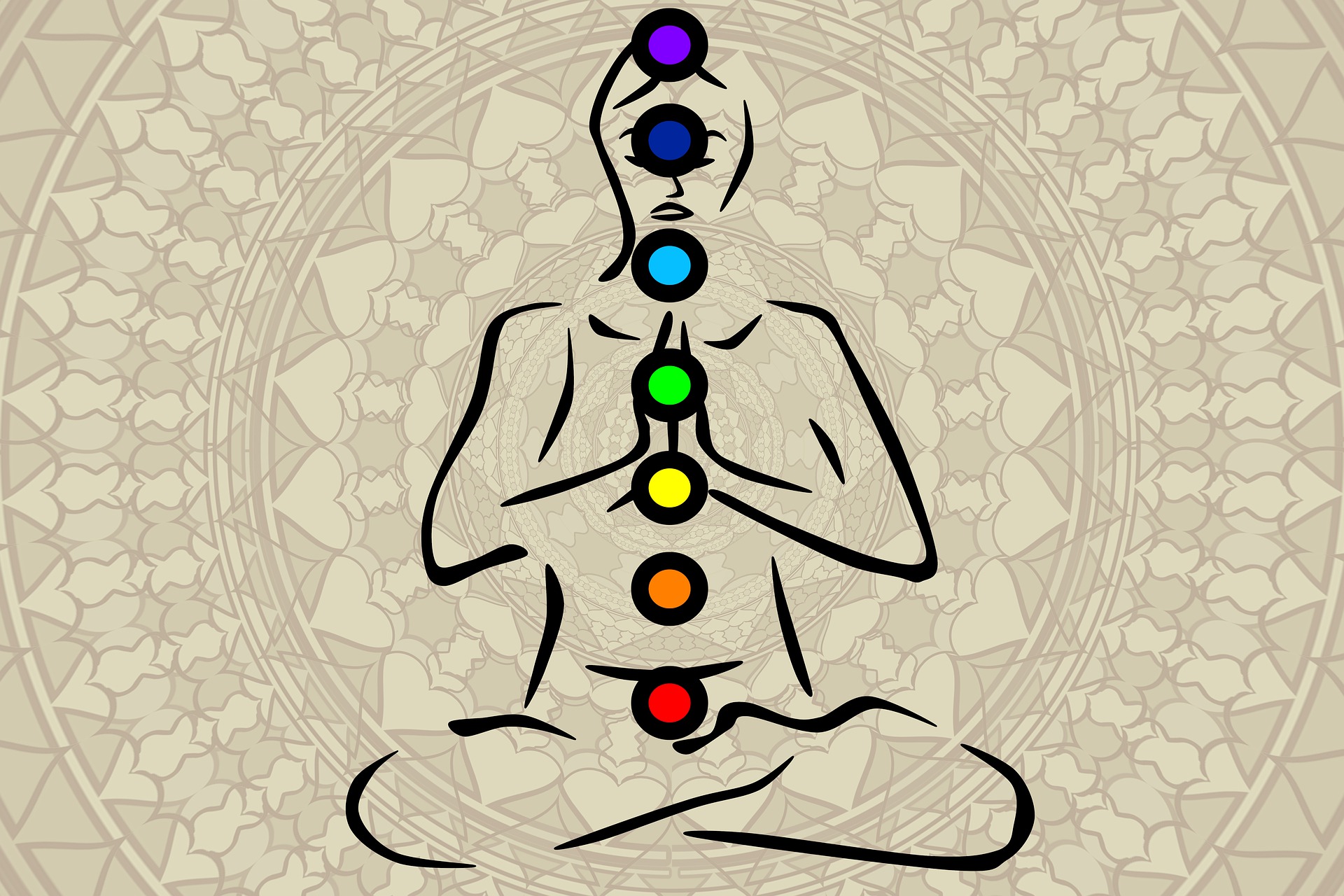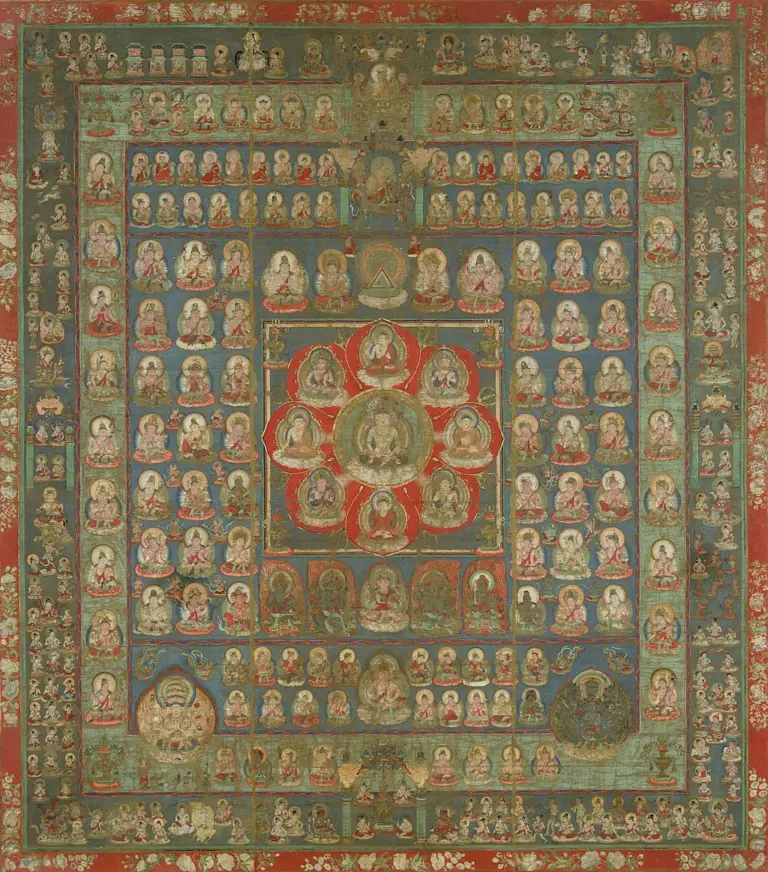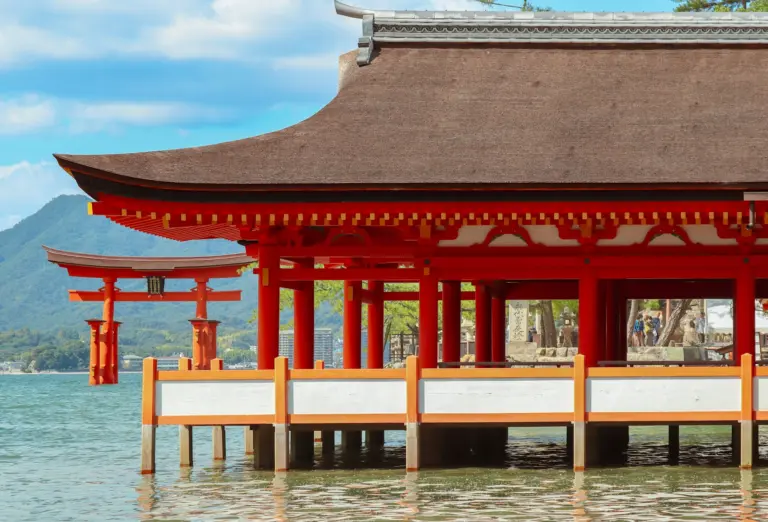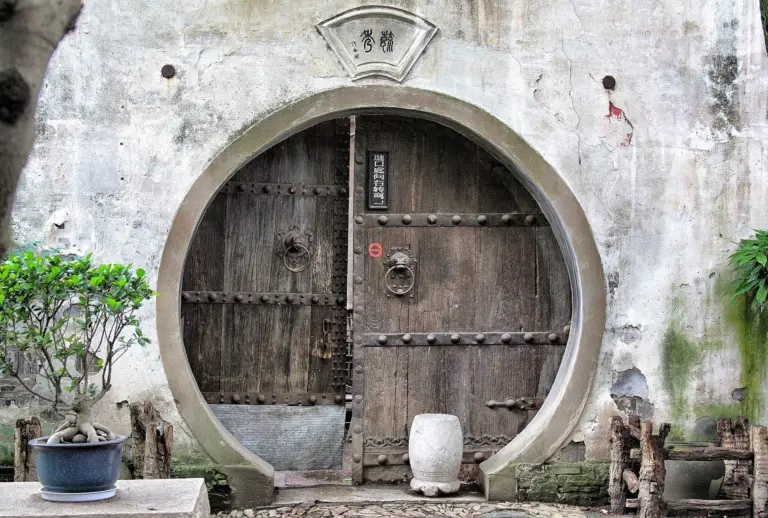There have been numerous philosophical and religious ideas that have sought to explain the nature of the universe, but few are as profound as the metaphor of Indra’s Net.
Indra’s Net, or Indrajala in Sanskrit, is a representation of the cosmos as an infinite network of jewels, each reflecting every other jewel in a dazzling display of interconnectedness.
Yet, it’s also an invitation to explore deeper philosophical truths about the nature of reality and the underlying unity that binds the universe together.
This article aims to journey through the myriad layers of Indra’s Net, unraveling its historical evolution, philosophical implications, and its undying significance in understanding the world we inhabit.
Table of Contents
Toggle
Who is Indra?
The earliest references to Indra can be found in the Rigveda, one of the oldest known sacred texts of India. Here, Indra is depicted as a powerful deity, the king of the gods, and the lord of the heavens.
Known for his valiant feats, he is particularly celebrated for slaying the dragon Vritra, releasing the waters of life and ushering in prosperity.
He is a prominent deity in Hinduism and traces can be found in plenty of religious landmarks around the world such as Wat Arun in Bangkok.
Indra is sometimes depicted with a thousand eyes.
According to the story, Indra had an illicit relationship with Ahalya (one of the Panchakanya), the wife of the sage Gautama.
When the sage discovered the affair, he cursed Indra with a thousand eyes as a mark of his adulterous behavior. These “eyes” are often interpreted as vulvae, symbolizing his indiscretion.
However, over time and with his acts of penance, these marks turned into eyes.
Vedic to Buddhist Transition
As religious and philosophical thought in India evolved, the pantheon of Vedic deities, including Indra, began to undergo transformations, both in stature and significance.
By the time of early Buddhist texts, Indra was no longer the central deity but became a guardian of the Buddhist teachings.
It is within this Buddhist context that the metaphor of Indra’s Net began to gain prominence.
The Huayan school of Mahayana Buddhism, particularly active in China during the Tang Dynasty, is where the metaphor of Indra’s Net found its most detailed and philosophically profound elaboration.
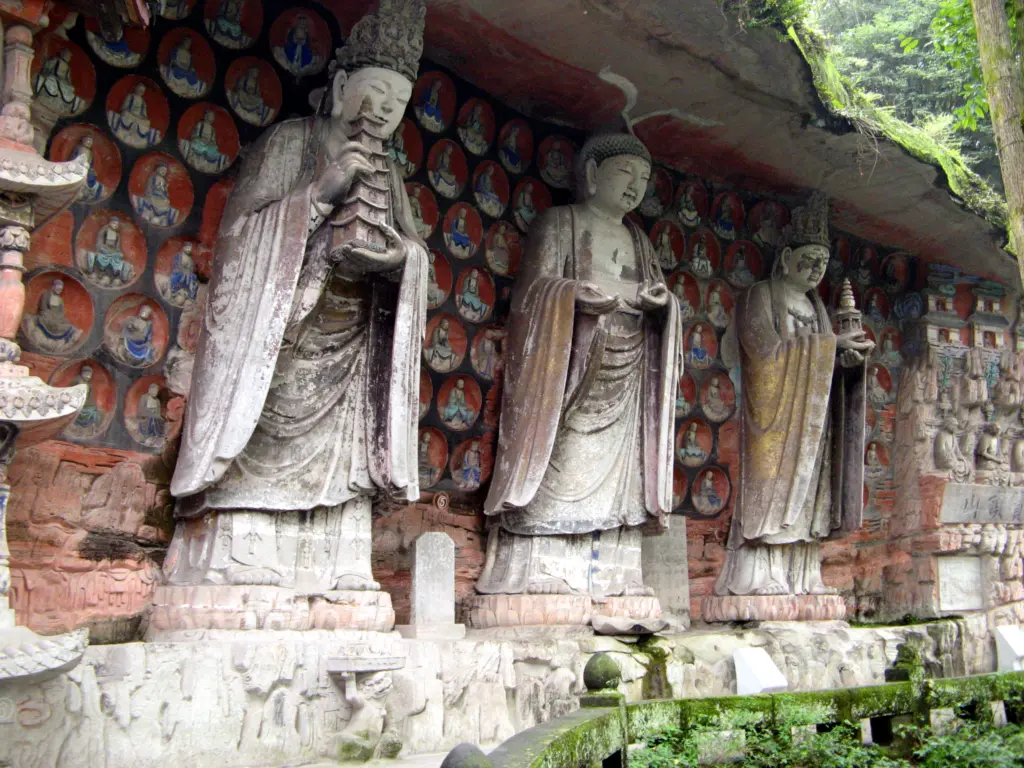
Indra's Net in Huayan Buddhism
Drawing inspiration from the Avatamsaka Sutra (Flower Garland Sutra), the Huayan thinkers visualized the cosmos as an infinite array of jewels, each reflecting all others ad infinitum.
For them, this was a representation of the universe’s true nature, where everything co-exists in a state of mutual identity and co-penetration.
Fa-tsang, one of the most influential Huayan philosophers, utilized Indra’s Net to explain the concept of “interpenetration without obstruction.”
In his view, each individual entity in the universe, much like the jewels in the net, both contains and is contained within every other entity.
This intricate interplay emphasizes the non-dual nature of reality, where distinctions between individual things are merely superficial.
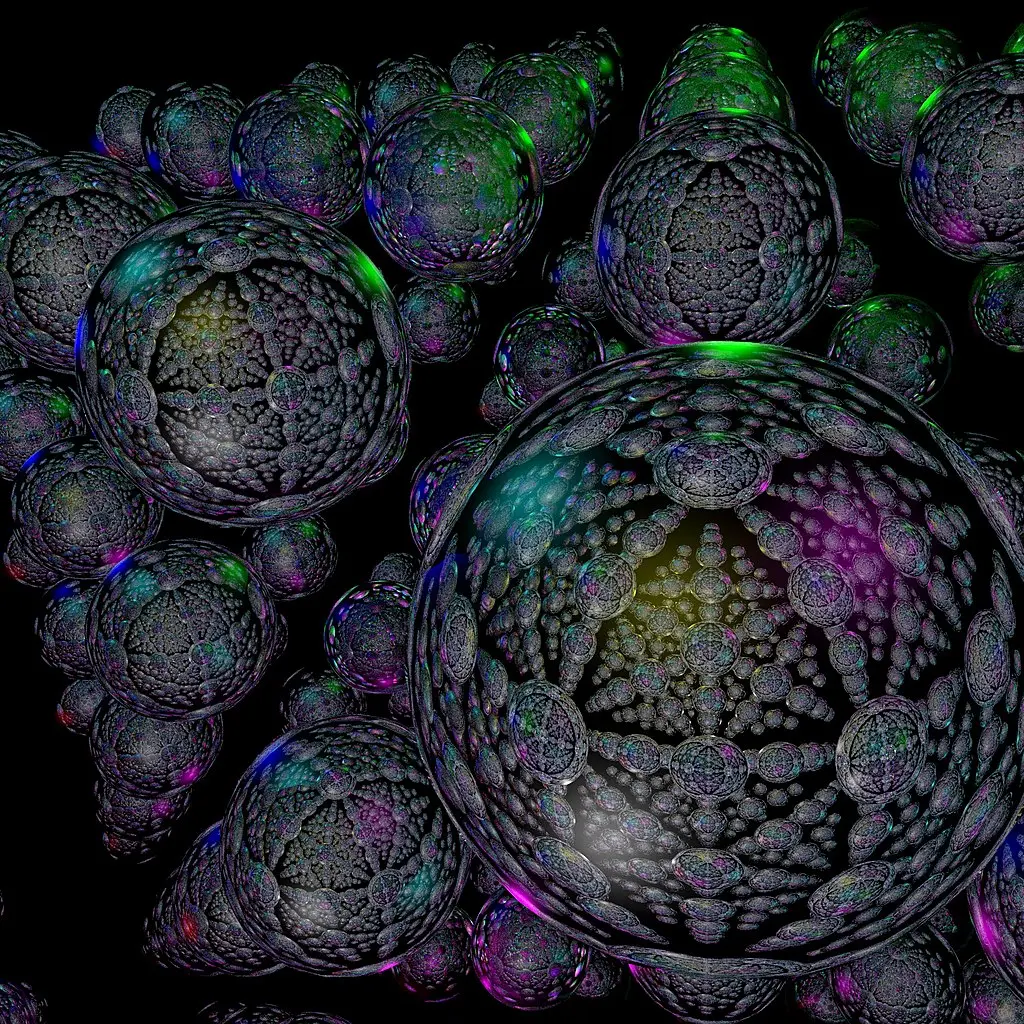
Symbolism of Indra's Net
In Indra’s Net’s metaphor there is the image of a vast, cosmic net spread out infinitely in all directions.
In each “eye” of the net is a shining jewel, bright and luminous.
Because of the net’s infinite nature, each jewel reflects not only the jewels closest to it but also every jewel in the entire net.
And, in turn, each of those reflected jewels bears the reflection of all the jewels around it.
This process of reflection is unending, creating an intricate web of infinite reflections within reflections, symbolizing the endless interconnectedness of all things in the universe.
Indra's Net Explained
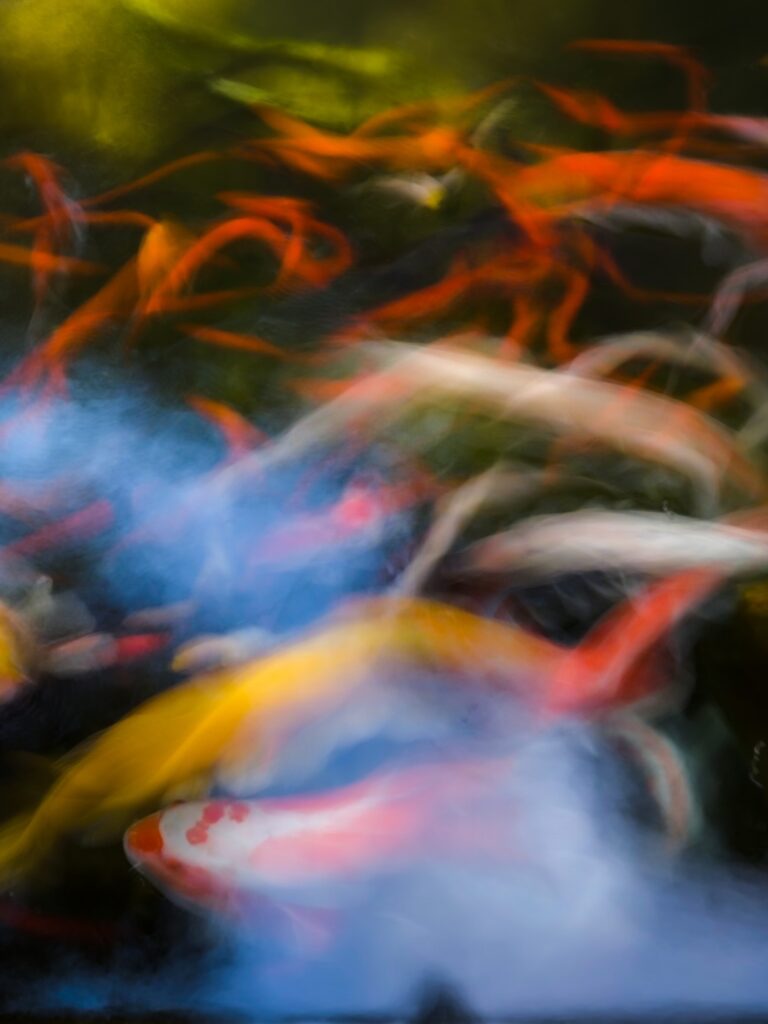
Emptiness and Interdependence
One of the foundational teachings of Mahayana Buddhism is the concept of emptiness (sunyata).
At first glance, this term may seem nihilistic, suggesting a void. However, in the context of Indra’s Net, emptiness takes on a profound meaning.
Each jewel, while luminous and reflective, is empty in the sense that it lacks independent existence. Its identity is shaped not by some inherent essence but by its relationships and interactions with every other jewel in the net.
This interconnectedness is an embodiment of the principle of dependent origination (pratityasamutpada). Everything arises from conditions, and in turn, creates conditions for other phenomena to arise.
There’s a continuous flow of causality, where beings and phenomena are interdependent and interconnected.
Non-duality
Indra’s Net serves as a potent metaphor for the non-dual nature of reality.
In a universe where each jewel reflects all others, distinctions like near and far, self and other, or cause and effect become blurry.
These dichotomies are constructs of the mind, and when observed through the lens of the net, they dissolve, revealing an underlying unity.
This non-dual perspective challenges our conventional understanding of the world, prompting us to look beyond superficial differences and recognize the interconnected essence of all phenomena.
The Concept of Time
Indra’s Net suggests a timeless, eternal moment where all of existence is interwoven in a singular, infinite matrix.
This raises intriguing questions about the nature of time itself.
If each jewel reflects all others, then every moment contains all moments, and every point in time is intrinsically linked to all other points.
From this perspective, time is not linear but rather a vast web of interconnections.
Past, present, and future are not distinct entities but are interwoven, much like the jewels in the net.
This challenges conventional views of time as a unidirectional flow and offers a more holistic understanding where every moment is a reflection of eternity.



